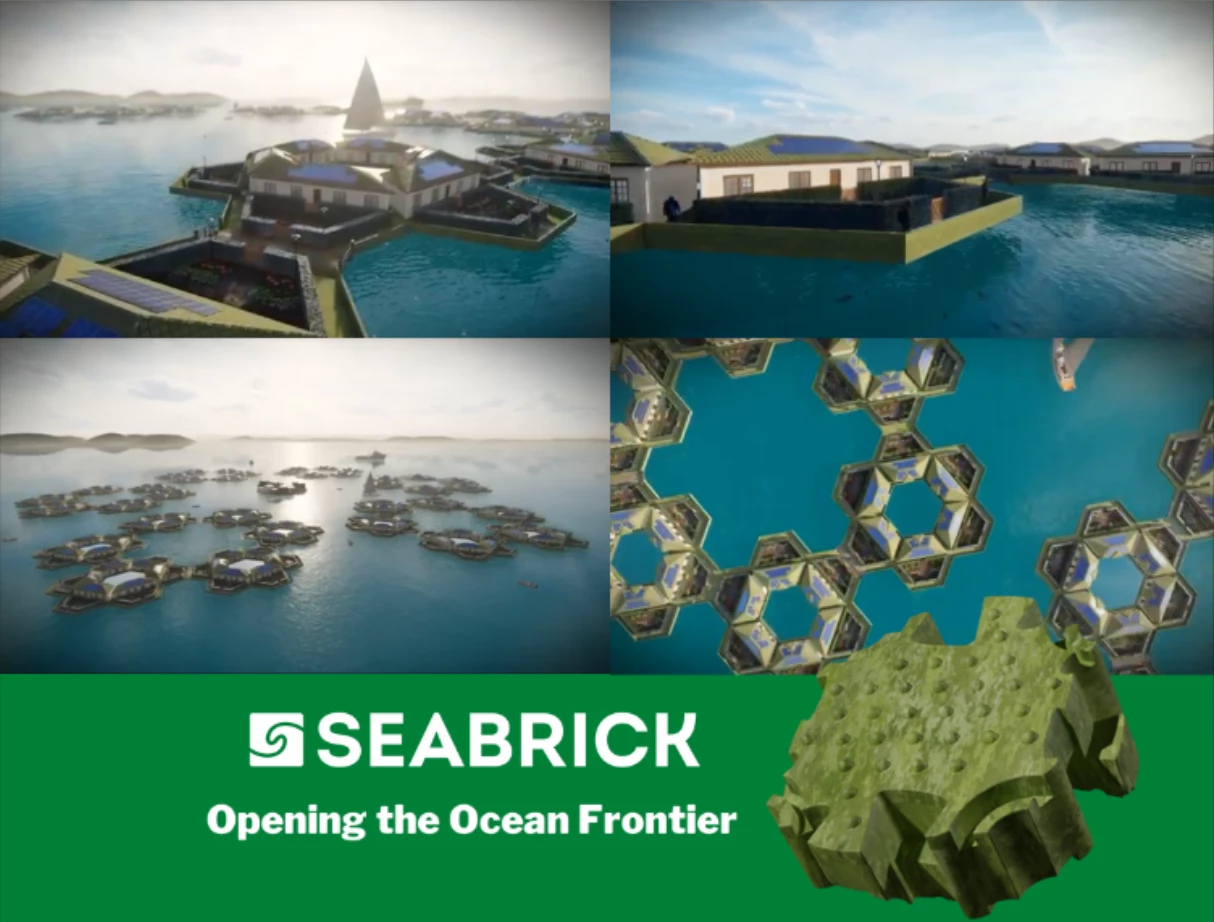It's an odd little political movement, seasteading. An idea as old as the hills, it's been bubbling along in recent times with the Seasteading Institute as its main hub. But main hubs are hardly the idea; this is a movement for folk that feel the nation state has outlived its usefulness, who want to go as far off grid as it's possible to go.
To do so, they plan to abandon land altogether, and create independent floating societies at sea, every man his own L. Ron Hubbard, free to choose his own destiny beyond the reach of any country's lawmen. Seasteaders could clump together in floating villages, or drift apart. Groups could each try their own ways of running things, and if you were living in one group, but liked the cut of another group's jib, you could detach your home and move your family across to join them. They'd be modular political test-beds, encouraging people to criticize by creating, and the voting would be done with one's feet, or at least outboard motors.
Despite the backing of Paypal founder Peter Thiel and his bottomless pockets, it seems the group's plan to create its first extra-national floating city-state by 2020 are yet to be realized. But the dream is very much alive, and several groups are trying to get seasteads off the ground (yuk yuk) in various different countries.

Seabrick is a small company, toiling to liberate itself from the oppressive whip of the Canadian government in Vancouver, and it's created a building unit specifically designed for the high seas. Seabricks form a kind of floating Lego set, their complex shapes interlocking together to create platforms and structures.
According to the Seasteading Institute, it's 72% less expensive than floating concrete, at US$360 per ton as opposed to $1,300 per ton – and it'll last as long, or longer, than concrete. Compared with metallic pontoons, it'll beat the per-ton price of aluminum pontoons by 83%, and steel ones by 58%. The numbers get even better if you create hollow pontoons with your Seabricks, says Seabrick.
It's made primarily out of kelp or sargassum – the latter a seaweed that gets pretty stinky when it decomposes. Seabrick says that gathering this stuff up from shorelines is tantamount to a public service. These seaweeds are dried, chopped up, combined with "some biologically sourced additives" and cast in a compression press before being coated with "a non-toxic polymer." Each brick sequesters carbon, and takes "little energy and heat" to manufacture, making it a significantly better building material than concrete for the environment.

The company says it's designed to build "marine infrastructure of all kinds, from wave breaks and offshore platforms to floating homes and ocean-based communities." When you're done with whatever it is you've built, or you come into a new pile of Seabricks and decide it's time for a second story, your structure can be carefully pulled apart, modified or built anew re-using the original bricks.
There's no information as yet on availability, but we have a feeling you may be able to buy these things with crypto.
Source: Seabrick





